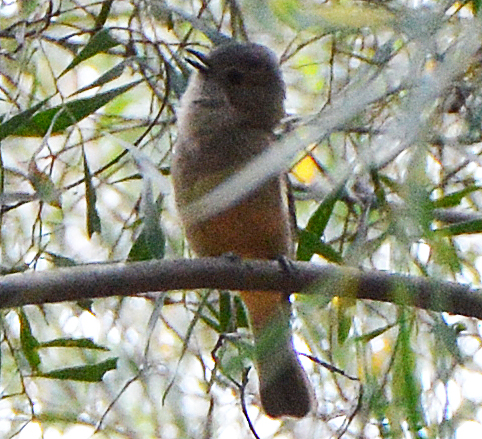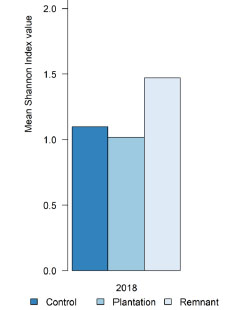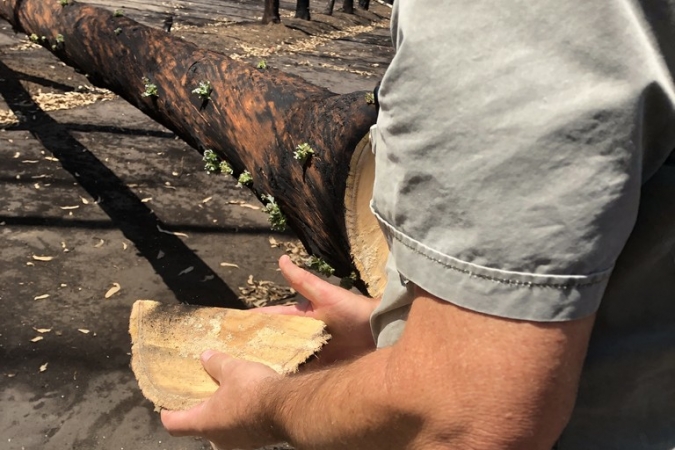Birds thrive at plantation properties

Surveys on Kangaroo Island Plantation Timbers properties have shown that the remnant vegetation on the plantation properties is providing valuable habitat for birdlife.
Last year was the first time that bird surveys had been conducted in KIPT’s plantations, which were visited in November by the 22 volunteer surveyors. More than 85 surveys were completed, across 37 different properties or control sites, and co-ordinated by Birdlife Australia.
Overall, 38 different bird species were seen, the top five most commonly reported being Red Wattlebird, Crescent Honeyeater, Superb Fairy-wren, Brown Thornbill and Grey Currawong.
Average abundance was highest within the remnant habitat, with generally high numbers of birds observed in the plantation properties. A Shannon Diversity Index was calculated for each transect, and the average (mean) index value calculated for each of the three transect types.
Remnant habitat patches recorded the highest Shannon Index, indicating that these remnant patches may be playing an important role in maintaining bird diversity at a landscape level.
KIPT owns about 25,000ha of land on Kangaroo Island, of which about 7000ha is remnant vegetation.
Dr Holly Kirk of Birdlife Australia presented her findings at the recent annual Australian Ornithological Conference in Darwin.
“The number of volunteer surveyors was encouraging and hopefully will be maintained next year,” Dr Kirk said.
KIPT Director – Community Engagement Shauna Black thanked all the volunteers who gave up their time to do the surveys. She said suggestions to expand the surveys to include farmland would be considered in future years.
You can read the summary report of the survey here. KangarooIsland2018_QuickSummary
And see the conference poster Plantation birds – Poster for the conference



